“The Connelly Was Built In The Cracks”
Josh Luxenberg, longtime director and general manager of the Connelly Theater, reflects on the historic East Village venue's loss
For the December/January issue of The Brooklyn Rail, I spoke with the wonderful folks at The Hearth about Racecar Racecar Racecar, one of several exciting new works recently booted from the Connelly Theater by the Roman Catholic Archdiocese of New York. After the church quashed a planned production of Becoming Eve, a play centered around a transgender woman, multiple productions collapsed and Josh Luxenberg, the venue’s director and general manager, resigned in protest.
In addition, I invited multiple artists to submit their memories of working at the Connelly. The same Rail piece includes moving reflections from such wonderful artists as Daniel Alexander Jones, Taylor Reynolds, Susannah Perkins and Lameece Issaq.
But wait—there’s more. I was also lucky enough to have an in-depth chat with Luxenberg, who ran the Connelly for the past decade, about his tireless work growing and improving the gorgeous East Village space. That conversation follows below. It’s a long one (and may be cut off, for e-mail readers) but very much worth your time. Read on.
JOEY SIMS: How did you first come to be associated with the Connelly Theater?
JOSH LUXENBERG: I co-run my own theater company, Sinking Ship Productions, and we did a show called Powerhouse at the Connelly in 2009 as part of New York Fringe. I immediately fell in love with the space. I thought it was absolutely gorgeous. The Connelly is my platonic ideal of a theater.
The space was not in great shape. There were some professional productions happening, but it was mostly being used by amateur groups. And I saw a lot of potential.
To understand both the beginning and the end of the Connelly, you have to understand the structure of it—which was unusual. The building is owned by the Catholic Archdiocese of New York. They are the landlord. The building is leased from the Archdiocese by the Cornelia Connelly Center for Education, an educational non-profit that mostly runs a middle school for girls. All the girls are there on full scholarships. Since their building happens to contain a couple of wonderful theaters, the non-profit uses those theaters as a revenue source to help pay for the kids’ tuition and the other services they provide.
For years, before I came in, the Connellly was a rental house. When they hired me, my pitch was: “Let me curate, and I get to do something I love while also making more money for you.” So I created a curated rental program. And it worked!

What did you inherit when you took over, both in terms of the space’s artistic reputation and the condition of the building itself?
There had been wonderful shows before I was there. Anne Washburn did stuff there, 13P and The Team also. It certainly wasn’t an unknown or unused space. But I do think it was in decline. A lot of the equipment was old—the dimmers were from the 80s, the risers creaked horribly if someone got up to go to the bathroom. Which meant a lot of people didn’t have the equipment to do the work they wanted to do.
And the company Metropolitan Playhouse was in residence in the 51-seat upstairs theater at that time, correct?
Yes, the Metropolitan was there for 30 years. They lasted in the space up until just this past year, when they decided that they didn’t want to be responsible for a space anymore. So that’s when I took over running the Upstairs as well.
What kind of money and backing did you receive from the Center, at the start?
I was brought on at 20 hours a week and at a slightly increased budget in 2014. Our revenue growth made it possible for me to work my way to being full time and hiring an employee, Mele Borges, who was there for the last year. That happened with the expansion into the upstairs space. I had already opened a rehearsal studio, and I needed more time and help to take on another space. I had also transitioned from a General Manager title to Director and General Manager, to better reflect the curation that I was doing.
How do you recall those early years? What challenges did you face?
I had to do triage when I got there. First it was leaks in the ceiling. Then I assessed a list of things, starting with safety, moving to functionality, and then dealing with aesthetics and quality of life issues.
The lighting dimmers were an old touring rack from the 80s. Even used dimmers cost $15,000 at the time, which would have eaten up almost all of my annual budget. But if I could get a big film shoot in for a couple days, I could often pay for an improvement to the space. So for example, we had a big FX show shoot there, and they wanted to take out the risers. And every time we took the risers down, it became more and more impossible to put them back together. So I just said, trash ‘em, and with your location fee I’ll buy new ones. And we got the wonderful Steel Deck risers we have in there now, that make the space very flexible.
I often looked for opportunities to share costs. Sometimes a company wanted to rent something, the rental package was going to be expensive, and it was equipment that we should have anyway. So I’d say to them, “I’ll buy it, if you can put the rental money toward the purchase.” It was a contribution to the community that didn’t cost them more than they expected to pay anyway.
There were also quality of life things. I’m really proud of the renovations to the dressing rooms that we did a couple years ago. Many theaters don’t focus on the stuff that isn’t outward facing. But I was able to go to the Connelly Center and say, if we want to get these more high profile shows, which will earn you more money, we need to provide facilities that people feel comfortable working in.
Were there things you wanted to offer the companies coming in but couldn’t, limitations that you weren’t able to get past?
For me, the biggest thing that I wished I could have provided for people was something other than the curated rental model. I couldn’t go to an artist and say, “I love your work, and I want to give you space.” It always had to generate income, and we didn’t take any percentage of the box office. My vision was to eventually create a non-profit that would be operated separately, that would be in the space, and could go to artists and offer resources that the Connelly wasn’t able to offer.
The problem that I came up against most often was simply seating capacity. As the bigger shows came in, people needed to make more revenue in order to pay for it. We did have flexible seating, and the exact number of seats you could fit in there varied depending on the set design and staging. But the really popular shows pushed up against the limits of what we could comfortably fit in there, sightlines-wise.
What was the earliest show you programmed that felt like your vision for the space coming to fruition?
The first show that I felt was really mine, that I was excited about, was Lypsinka: The Trilogy in 2014. It was three shows by [renowned drag artist] Lypsinka that ran in rep. That was thrilling. The front page of the Times arts section covered it, we saw huge crowds, and they used the space beautifully. In the years after that, shows like Will Arbery’s Plano, Talene Monahan’s The Good John Proctor, and Yangtze Rep’s Salesman 之死 were highlights—in addition of course to the opportunity to do more work with my own company. A Hunger Artist was so beautiful in that space, and while we continue to tour it, the Connelly will always feel like its home.
Another important company was Kidz Theater, who were actually working there before me. In some ways they were outside of my artistic vision for the space. It’s teenagers doing classic musicals and, for the most part, I avoided revivals at the Connelly, unless I felt like somebody was doing something new with them. However, I thought the work they did with the kids was so wonderful. And they taught me a lot about the space, because they had been in there for so long.
Did any companies ever ask you if they could take up residence in the Connelly, or make it a regular home for their work? It’s hard to find permanent spaces—did anyone ever want to just move in?
I was reluctant to have any one company do too many shows in one season. The reason that I wanted to do this job was to have a space that I was curating. If I gave that space over to someone else, then it wouldn’t be that anymore. I really valued cultivating relationships and return bookings with companies that I admired, but I always said I could never take a full season and would still make choices on a case-by-case basis.
I did have one producer who wanted to rent the space for a year, and I said no. And I think that this producer, who was not from the downtown scene, did not understand why I would turn that down. But I knew that I could keep the space booked, I wasn’t worried about that, and bringing in a variety of interesting shows was what people liked about the theater.
In recent years, the Connelly became a really hot venue. Obviously, as you say, it was always consistently booked. But after Kate especially, did the demand for the space start to feel like it hit a new level?
Kate was big, and that brought in a lot of attention, so that felt like a turning point. But even before that, we were getting far more proposals than we could possibly accommodate. Obviously the pandemic put a huge block in that, so it was terrific that we were able to bounce back from that so well.
It was coming out of the pandemic when the attention really changed. Part of that was because we were able to open up early, we were one of the first theaters to get approval from Equity for our ventilation system. We were also able to offer the shows a contract that guaranteed a full refund if there was another government closure, so producers felt more confident booking with us.
Success begets success, and over the years, the Connelly went from being somewhat unknown to being given shout-outs on late-night TV. And if one thing is true about the space, it’s that I’m not the only one who fell in love with it at first sight. People walk into the Connelly and feel the warmth, and the history of that room, and they want to work there. And at some point, people started to realize that the old reputation of it being a wonderful room without the right equipment had shifted into it being a space where wonderful art could be made.
For me as an audience member, I discovered all of that with Soho Rep and Ars Nova’s musical Futurity. I was so blown away by what Sarah Benson’s production accomplished in the Connelly space.
Futurity was an early turning point in showcasing the space’s possibilities. One of the reasons the Connelly is so necessary in the downtown theater ecosystem, and one of the things that draws people to it, is that there is no other space like it. We could be off-off-Broadway and we could be off-Broadway. Even if we’re off-off, if you’re keeping it under 99 seats, we’ve still got a proscenium, pretty substantial wing space, a raised stage and a much larger playing space than you would expect for a house that size. Also its flexibility—it’s a proscenium, but you could also turn the room around, like Page 73 did for their recent show Stargazers, or make it a quarter-thrust like Yangtze Rep did for Salesman.
People often told me that the Connelly was a place where you would get a “Yes” much more often than you would in other spaces. Being a theatermaker myself, I was excited by people who want to push the limits, so I said yes as much as I could. So all of those things combined into making the Connelly a space that people couldn’t really find anywhere else.
Another magical night I treasure at the Connelly was Mandy Patinkin In Concert: Diaries 2018. Seeing him in such an intimate and welcoming space was very special.
His team told me afterwards that it was his favorite New York theater he’d sung in. Having him there was really special. I mean, I grew up listening to him. I’d be sitting in my office and hearing him warm up for the concert through the wall, and he’d be singing something from Sunday, and my brain would not even recognize that it was live and not coming out of my computer speakers.
As the theater’s profile kept rising, with Kate, Job and other hit shows, did you start to worry all that success might also lead to increased scrutiny from the church?
Yes.
Did you see warning signs coming ahead of time, or did it feel like it all happened very suddenly?
The warning signs started in the summer. There was an administrative change in who was responsible for signing off on our booking contracts. For years, it was the parish priest at that Church on 3rd St. Several priests cycled through during that time, and we got pretty used to meeting with the new person, letting them know about the theater, and they would sign the contracts and we’d be back to normal.
In June, the last priest left and he was not replaced. There currently is no pastor at the church, and the responsibility for signing the contracts moved up the chain of command at the archdiocese. Our first problem was simply that the contracts weren’t getting signed, so we lost a couple of shows that way. That had nothing to do with content.
It wasn’t really until the fall that somebody at the Archdiocese asked to read a script, and once that happened it was clear that they were unhappy with what we had sent.
How had you framed that part of the contract to artists and companies coming in to the Connelly prior to all of this?
I was always upfront with the fact that the building was owned by the archdiocese. I was able to tell them what was in our lease specifically and what practical effect that had had in the past—which was not much. But I wanted to make sure people were coming in eyes wide open.
The restrictions that we dealt with were pretty basic, and they felt to me like reasonable constraints as much as any space has constraints. For example, we didn’t allow nudity at the Connelly. It also houses a middle school. Do I think there’s anything wrong with nudity? No. Do I think it’s artistically valid? Often. Do I want to be a person telling artists what they can and can’t do? I do not.
That being said, it was a restriction that was applied equally. It was not targeted at any particular population. That felt like something that I could live with, because I felt like I could still do more good in the space even with that restriction. And I think the ten years of programming that I had bears that out.
What were your communications like with the archdiocese in those final days?
I did not have direct communications with the archdiocese, that was done through our executive director [of the Cornelia Center].
Based on her conversations with the archdiocese, she did not believe the organization had any option to counter the Church’s directives regarding content. I objected and I pushed for my vision of what I thought could be a successful outcome, but it was made clear to me that Mele and I would be required to screen out the proposals that the Archdiocese might not approve.
It made us into censors, and it required discrimination—discrimination against the very artists who had made the space such a wonderful, welcoming, vibrant, joyful community. And that was not something that either of us was willing to do.
Did the Center believe it was possible to keep renting the space and taking in that income while keeping to those restrictions? Within the New York theatrical scene as it exists, it’s hard to imagine what that work would be, at least on a professional level.
I did not believe it was possible to run a theater in New York within the bounds of the restrictions that I was being asked to implement, and I said so. Clearly they don’t think so either, because they have now suspended operations. I think at the beginning, they thought so. But I’m no longer part of those discussions.
You were back in the theater last week clearing out your company’s remaining storage from the Connelly. How did that feel?
It’s heartbreaking. I was deeply embedded there, I’ve poured my heart and soul into this space for a decade. My company was based there, we were in residence, we built shows for that space. Those resources are difficult to make up.
It was a rare opportunity. That’s the thing I always try to keep in mind. I got to do something for ten years very few people have the opportunity to do, which is to have access to a space that I loved and relative freedom to build it into what I believed it could be.
I’m grateful for the time that I had. But it’s really sad to lose it, it’s gut-churningly awful to lose it this way. Losing it this way is deeply hurtful to a lot of people, people who made the space what it was. The idea that the New York Theatre Workshop play Becoming Eve, because it was about a trans person, was deemed unsuitable, cuts to the core of people’s identities. It’s the opposite of everything that I was working for in my time there.
It is crazy-making to think that after the work you put into the space and the wonderful place you got it to, now it might just…sit there.
I want the space to be used, I want it to exist. But it also would be very painful for me to see the space exist in this way that is hurtful and exclusive. What people think of as the Connelly is the programming I built. The space will remain, and if the Connelly Center wants to continue to operate it, it will still be called the Connelly Theater. And I don’t want to see that be associated with the name of the space that I ran. To me, the Connelly Theater is the thing that I built, and that is over.
The Connelly Theater, in a quintessentially New York way, was built in the cracks, through scrappiness, determination, and the sheer will of every person who worked in the space. Without that, it’s just a room in a building. That room has been many things in its century-and-a-half existence. I hope—and believe—that this will not be the end of the road for the space, and one day it can again be a vibrant community and home for exciting new work.





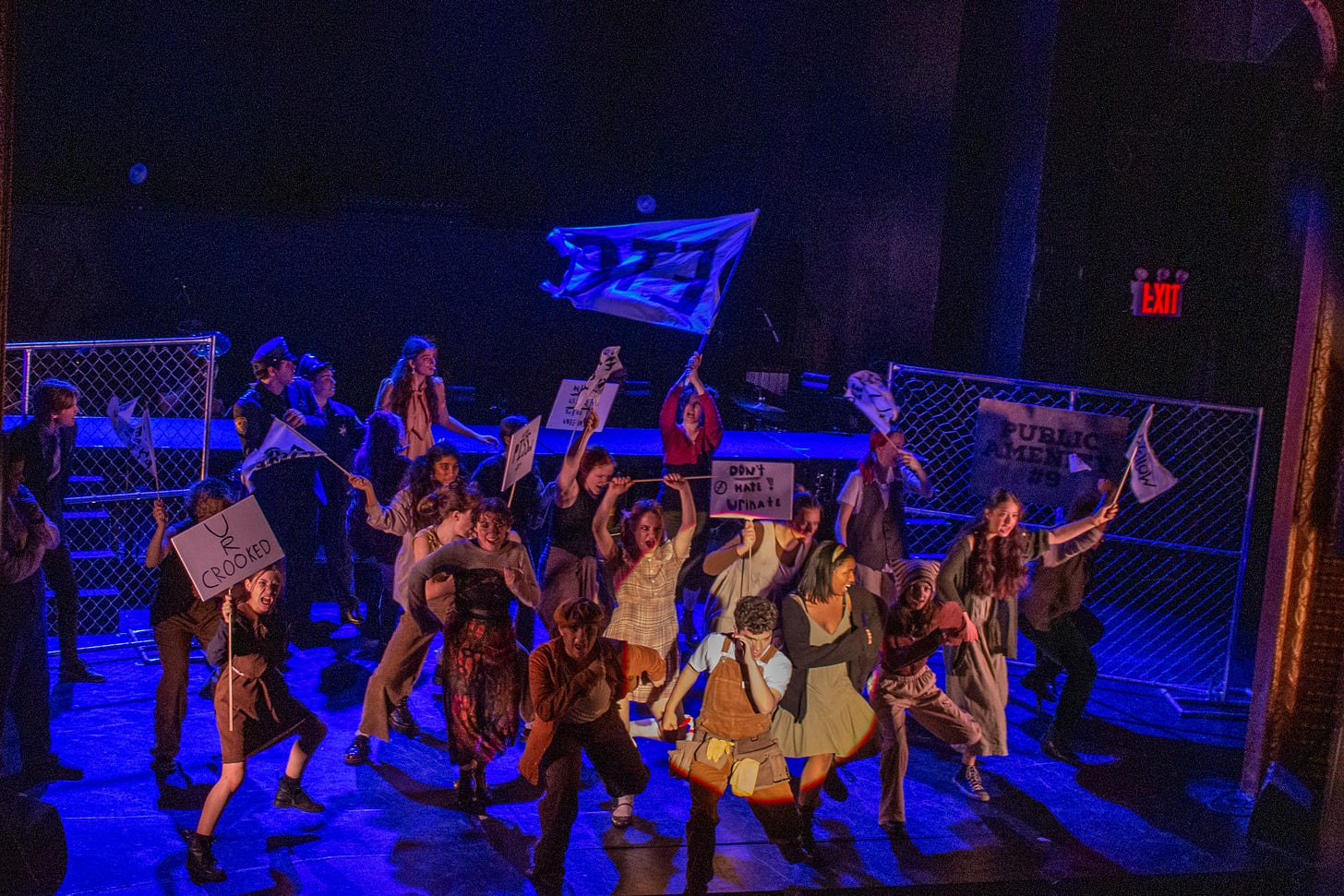
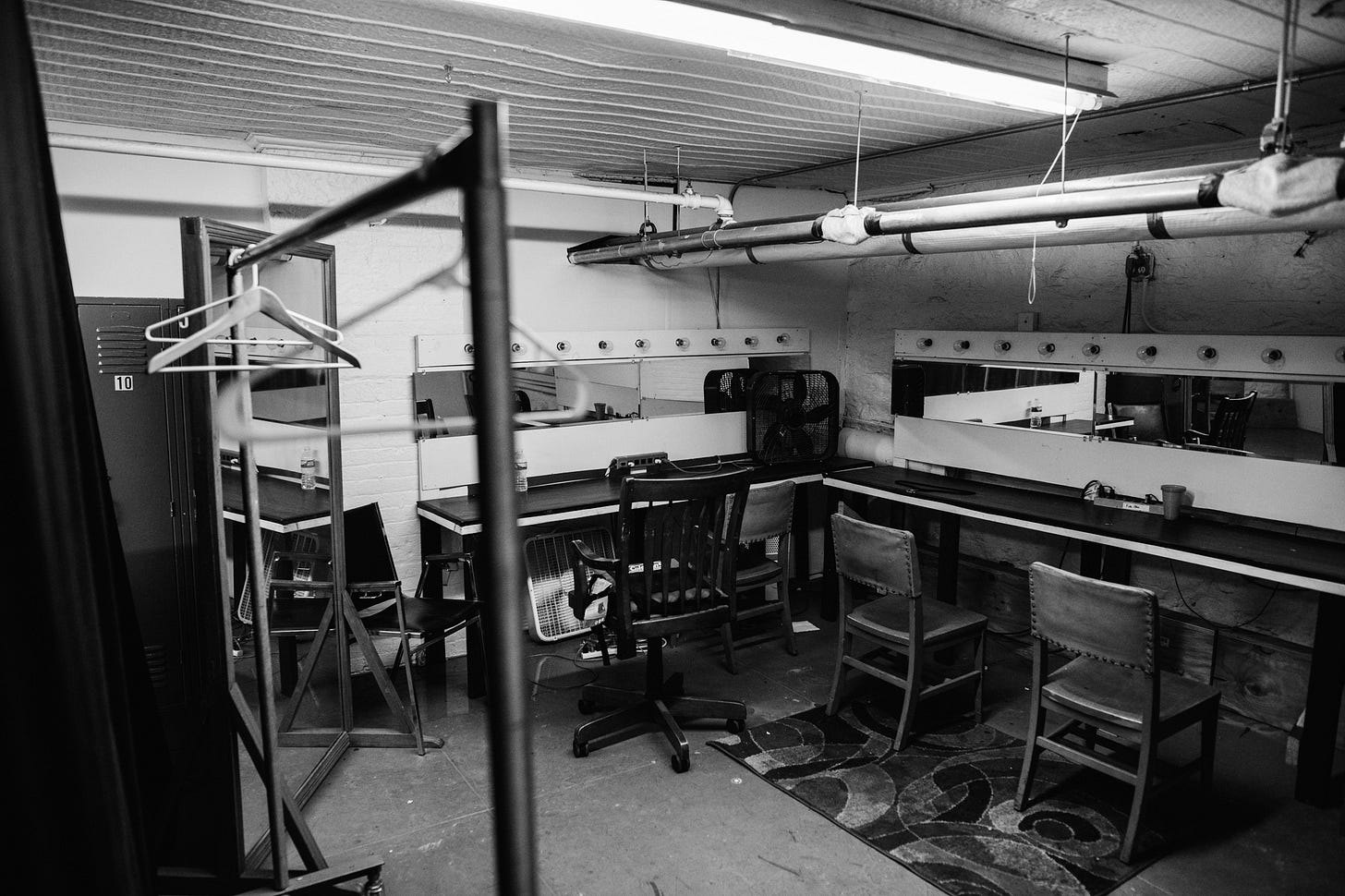
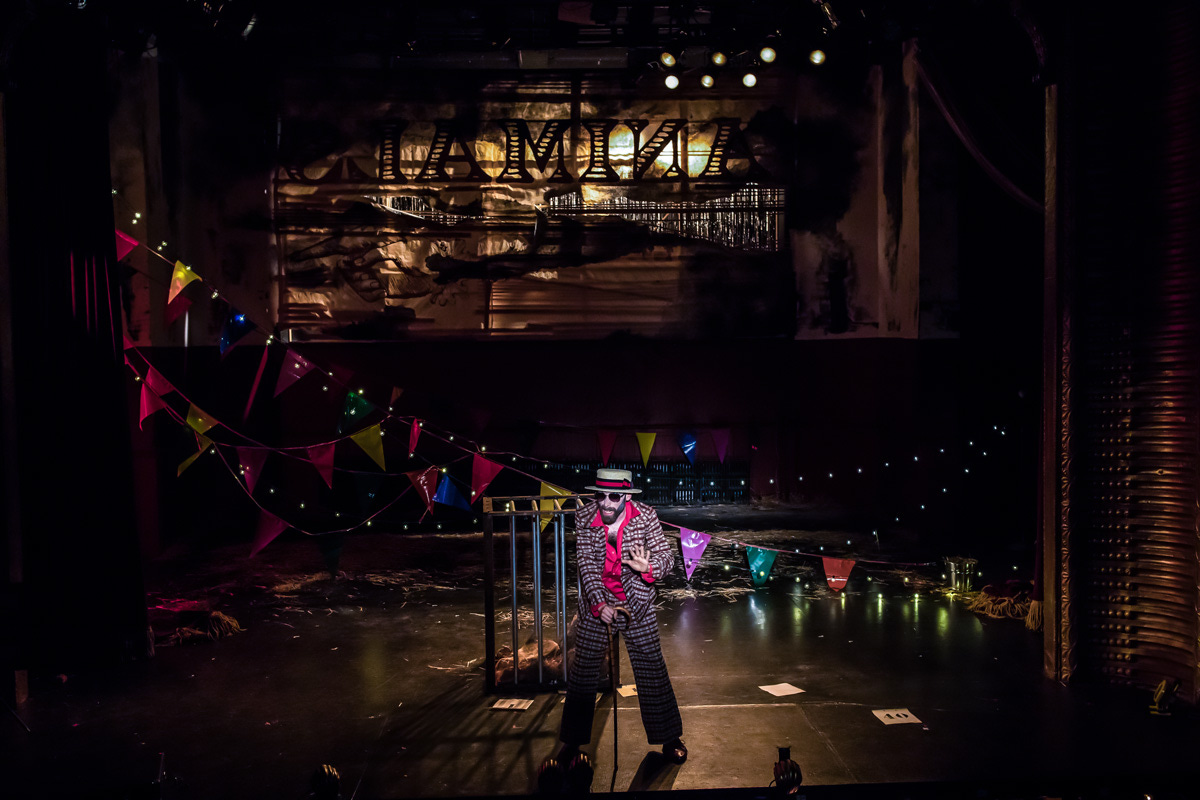
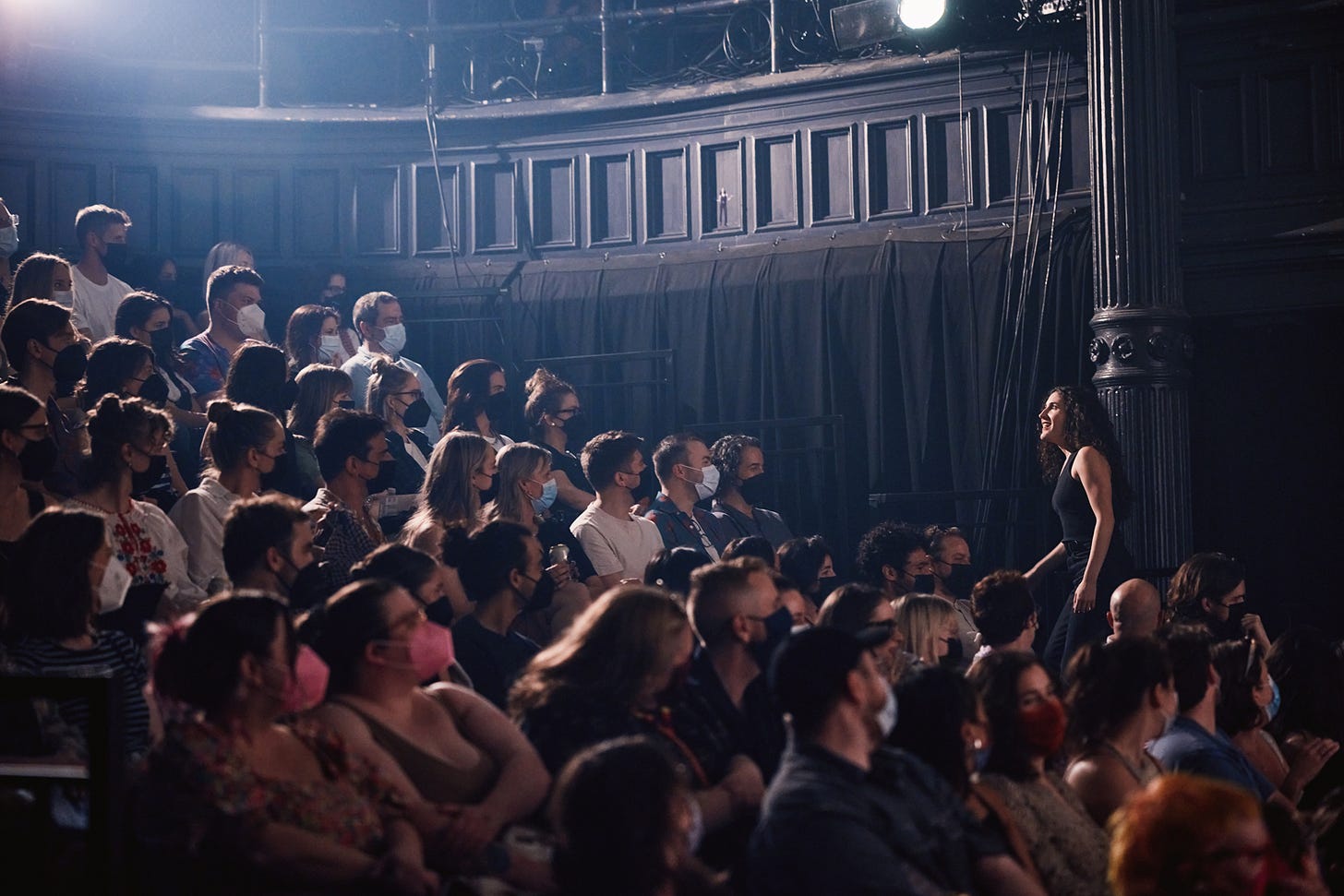
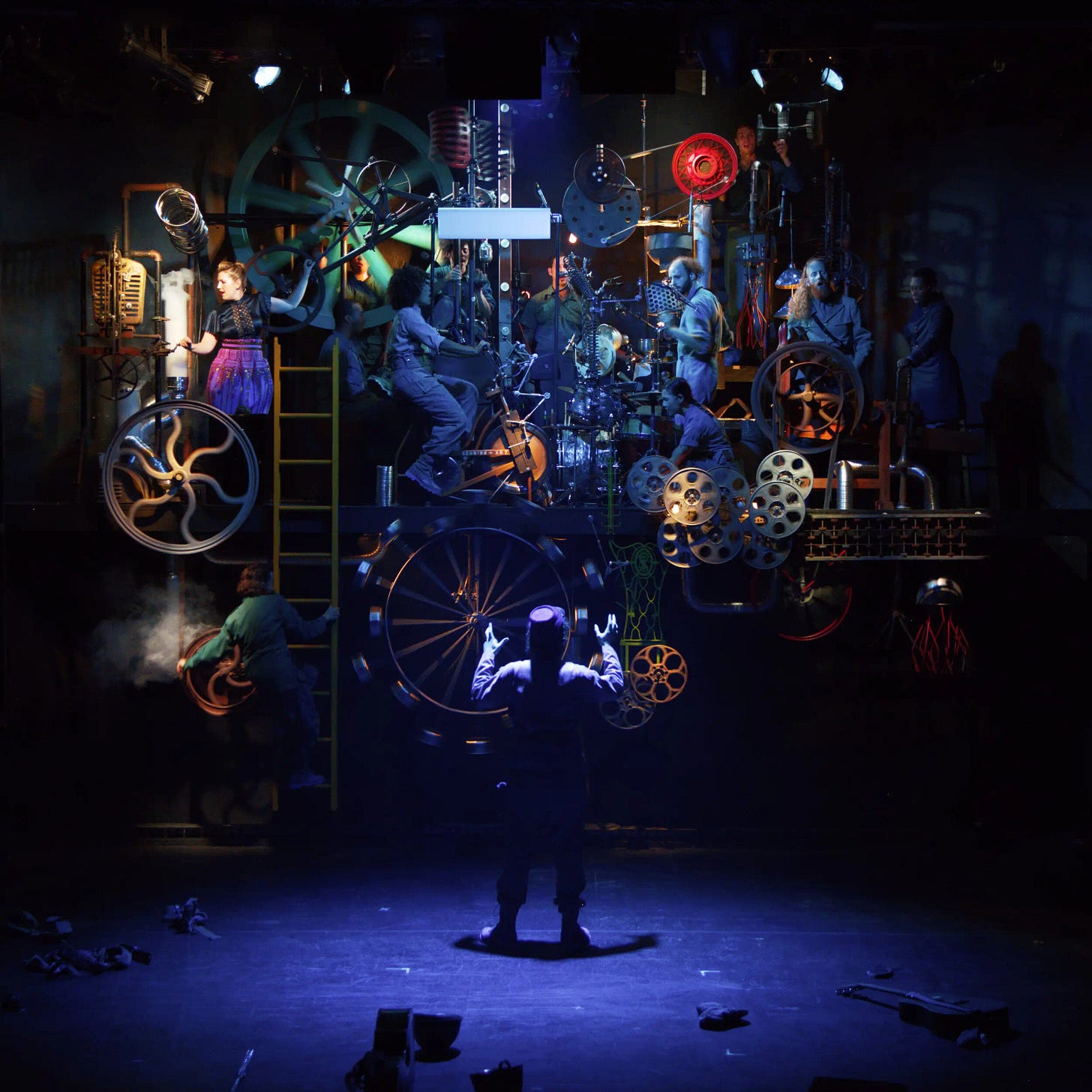

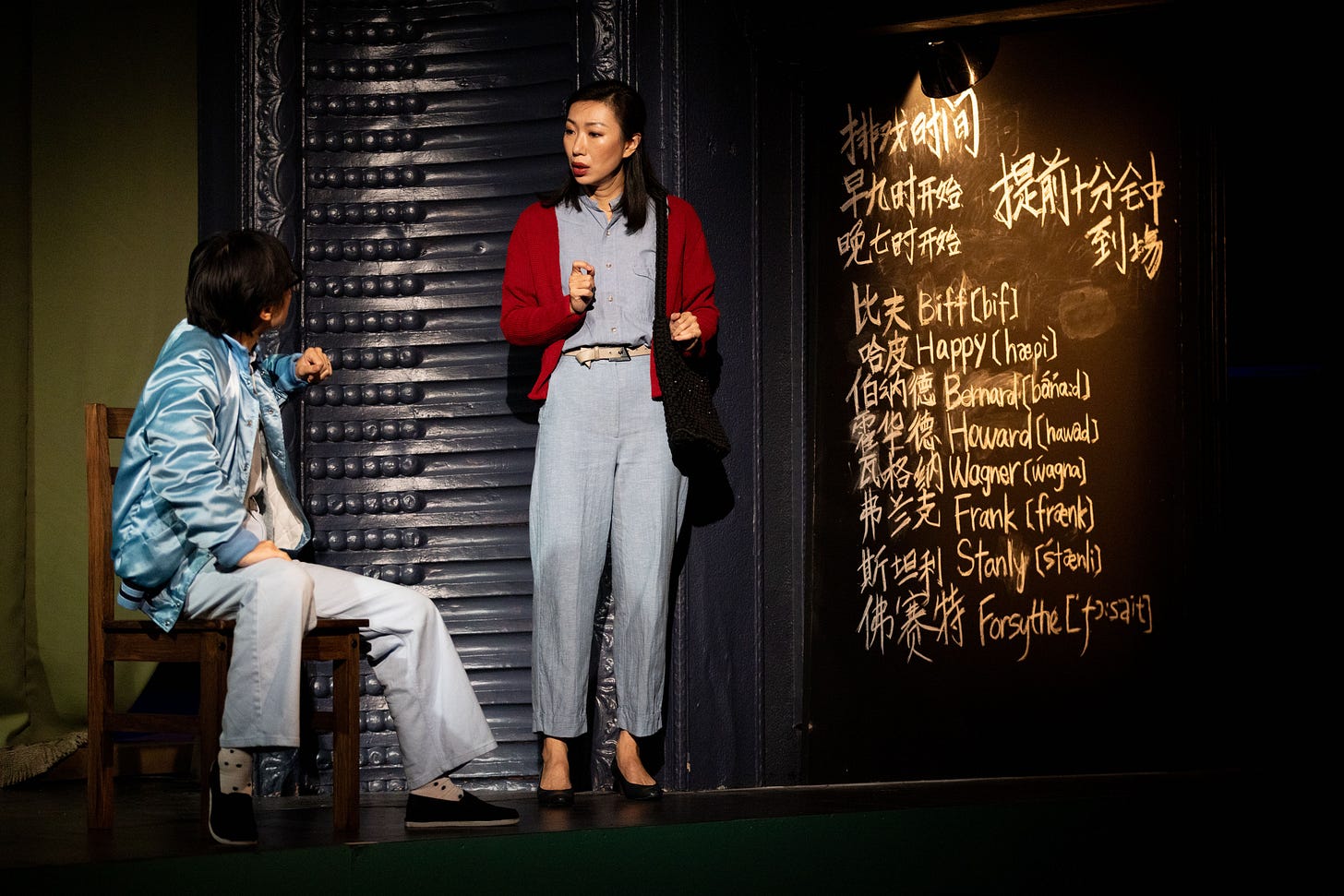


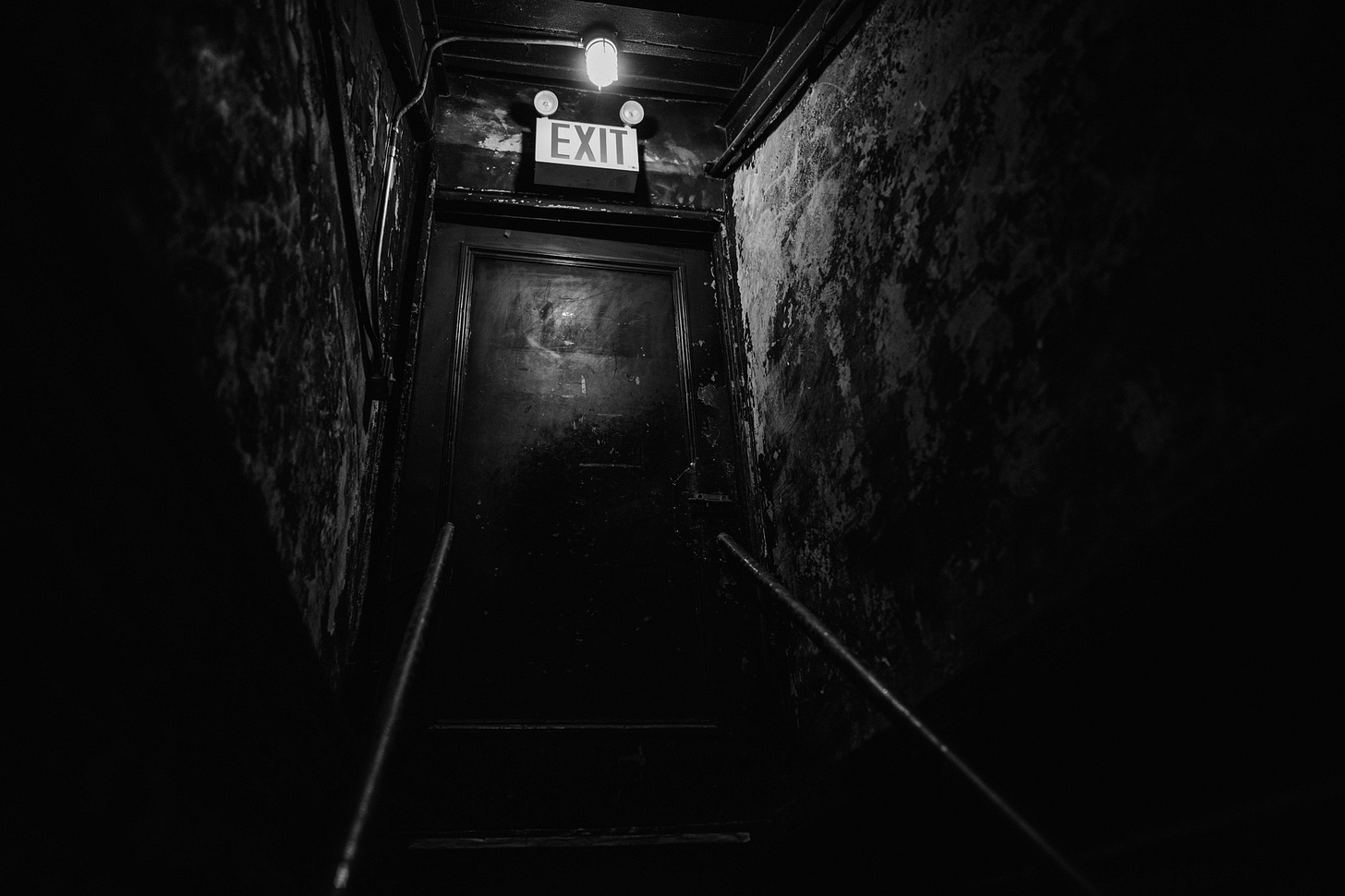
Heartbreaking. And the fascists win again.